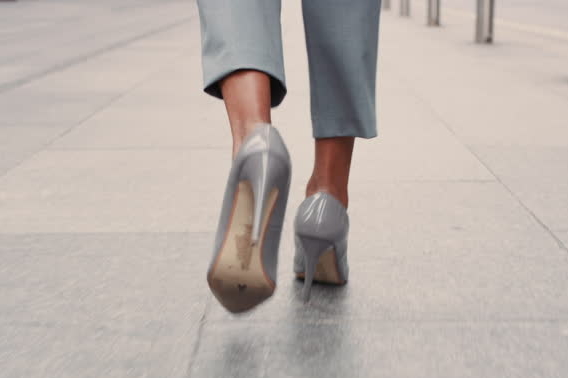
Journey to the Entry Level
So, you want to work at an art gallery, a museum, or an auction house but have no idea how to get a foot in the door? Welcome to my life circa 2005. While it helps to have your name written in light gray font high on a wall in a wing of the Guggenheim, it’s not purely nepotism reigning supreme in the art world. There isn’t a guide book or a checklist to tick through in order to land an art job, but I’ll share a glimpse into my own path to the entry level position of my dreams (kind of kidding, mostly not).
My university prided itself on having an excellent career center, and resources for helping students find fulfilling work after graduation. In fact, it was required to meet with a career counselor throughout your four years to develop a strategy for your future. Which is incredibly valuable… if you want to become a consultant, a lawyer, a doctor, an investment banker.
But if you want to work in commercial fine art? Not so helpful. I remember the counselor’s blank stare and sentiment of, “well, good luck in New York!” without much else in the way of productive guidance after our first sit down together.
Don’t get me wrong, my art history education was top notch. Once I decided to focus on contemporary art, I got to dive deeply into art I felt passionate about (Carolee Schneeman, Marina Abramovic, Matthew Barney, and Miwa Yanagi - to name a few). However, academic art historians are not always thrilled about the idea of commodification and commercialization of art and my desired path leaning toward commercial exhibitions and sales was definitely seen as “selling out” to a certain extent.
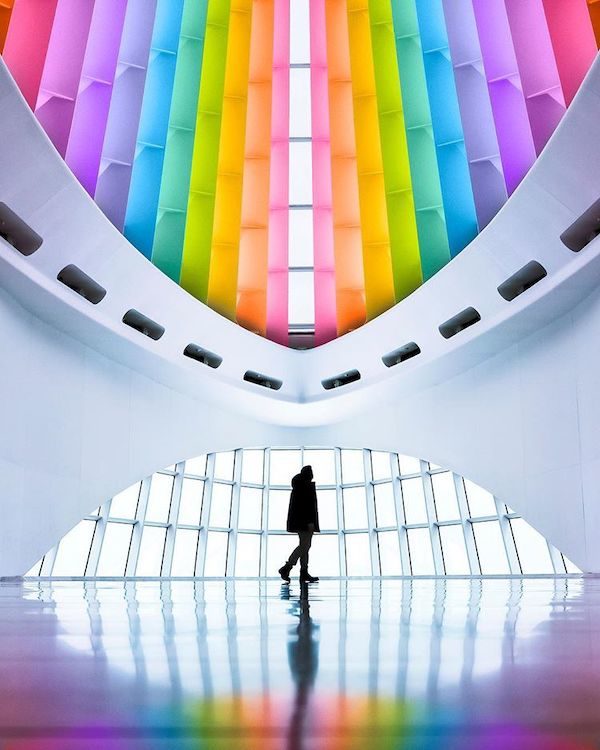
What I learned quickly was if I wanted to pursue a career in art and get a foot in the door, it was up to me to cold call and to build my own network (and to do a whole lot of unpaid internships). First up was the Milwaukee Art Museum. If you’re familiar with Milwaukee, you know the art museum as a soaring, dynamic, gleaming white building designed by Santiago Calatrava. If you worked as an intern in the mid-aughts, however, you worked in the far less sexy but still substantial Eero Saarinen War Memorial building. While the job was primarily Xeroxing and filing, it had the unexpected and wonderful consequence of meeting Joe Ketner, the chief curator at the time.
Joe was an interesting character. He wore thick framed glasses, read lips during conversation because he was hard of hearing, and could talk for hours about all things contemporary art. His passion was contagious, talking about Martin Puryear or Jeff Koons, and it particularly shone when he’d discuss Bruce Nauman.
For whatever reason, Joe took an interest in my career path and really advocated for my success. When I confessed to him that the pace and tone of museum work didn’t feel exactly right for me, he broke down the New York gallery scene for me in his eyes: SoHo was once the epicenter, but now Chelsea’s massive square footage had taken over (Bushwick wasn’t quite on his radar in 2005); the Upper East Side has a lot of secondary market clout; Brooklyn and the Lower East Side have edgier, younger artists showing.
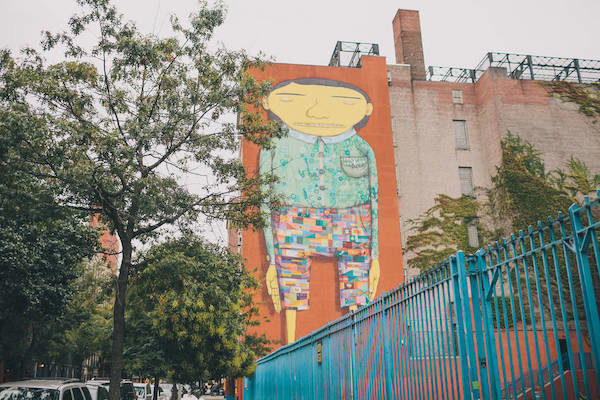
After his exhaustive description of the various artsy neighborhoods, he told me flat out: “well, you’re definitely not Brooklyn,” while motioning to my Theory dress and Chanel ballet flats. He wasn’t wrong. Joe sent me off to New York with a list of galleries in Chelsea, a typed letter of recommendation, and a handful of names and numbers to call.
Due to pounding pavement on a trip from RDU to JFK, the next summer I managed to land simultaneous internships at Gagosian Gallery and Metro Pictures on West 24th Street. That summer I took notes on everything, I went to every opening I could, I said YES to any errand and job, I luxuriated in the 10am start time. Deliver a single catalogue to Roberto Clemente’s studio? Sure! Print and mount an exhibition’s worth of paintings to tiny scale for a model? Yup! Pick up lunch from Bottino for a hungover salesperson? Absolutely. Again, I left my summer with two great letters of recommendation and invigorated from a more exciting pace.
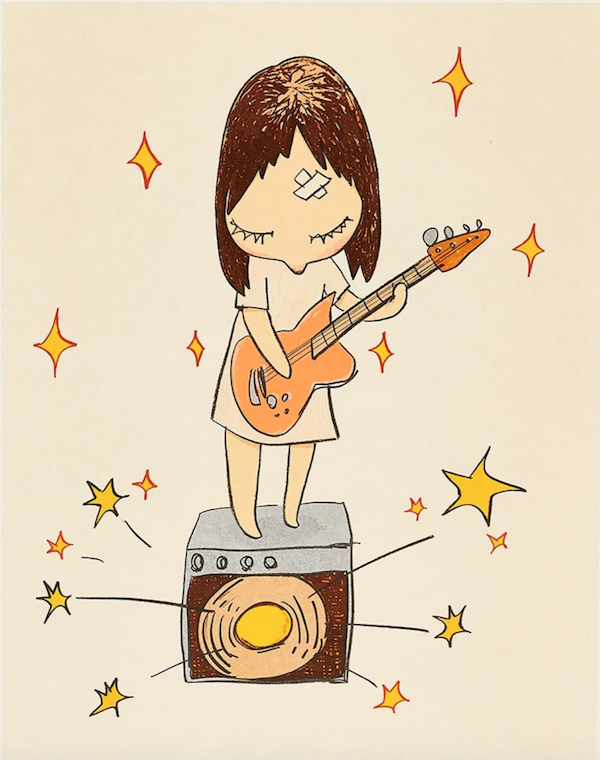
Having experienced both museum and gallery internships, the summer before senior year I set my sights on working with an art advisor. Our days in her open-concept Chelsea office were full of The Reminder by Feist, lots of business development research, and one major hospitality project. That summer, I impressed my boss when I was familiar with a famous-adjacent set of twins, and suggested the two prints by Yoshitomo Nara and Takashi Murakami their stepfather ultimately bought them as a 30th birthday present. My work with the art advisor was fulfilling, fast-paced, and rewarding but ultimately a little lonely.
I set my focus for after graduation on returning to a gallery. My phone calls, emails, and applications to jobs posted on NYFA all seemed to fall on deaf ears. My classmates were off to grad school, were Teaching for America, or had jobs lined up at Bain and Goldman Sachs, and I had nada. I decided I would return to what had worked in the past, and booked a trip to New York to drop off my resume in person at as many galleries as I could.
When I arrived back at Gagosian in Chelsea, I was met with a face of apathy at the front desk and a limp promise that she would give my resume to the gallery manager, which I was sure meant it was going straight into the recycling. To my surprise, even though it was a summer Friday afternoon (aka time to get out of the city for the weekend), the manager called me within 20 minutes and said “hey! I remember you! We’re not looking for anyone right now, but our uptown location needs a gallery assistant. Can you go meet with them right now?” I caught a taxi, thanked God for a good hair day and minimal sweat, and hopped straight into interview mode.
Part of my interview was a “game” where the director and another employee randomly opened to pages of Artforum ads and asked me to name the artist. Luckily, I passed with flying colors. They offered me the position over the phone the next day, and asked if I could start three weeks later. I stayed for four years.
The point here is that the beginning of your career path may not be linear or traditional, and you may not find support and opportunities in the places you expect them to be. Timing and luck were both fundamental in my path, but hard work and determination were as well. The journey to entry level was a circuitous and not always glamorous one, and at certain points it seemed very appealing to follow a more traditional track, but I’m grateful I decided to forge my own instead.
Images via Space Ram, Os Gemeos, and Yoshitomo Nara.
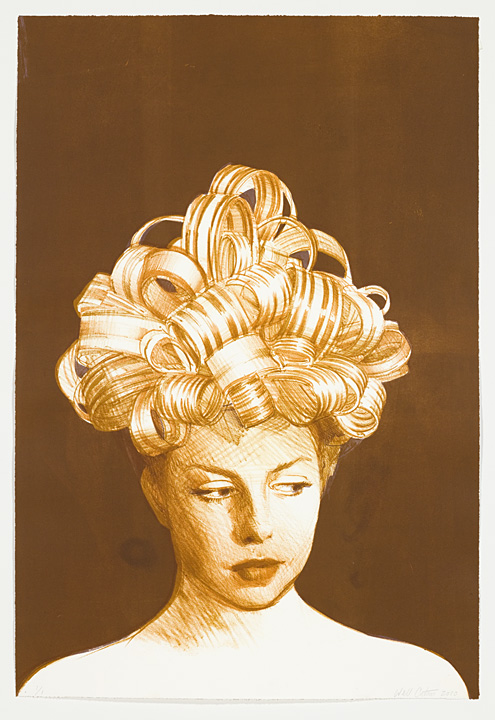
One great way to add an established artist to your personal collection without breaking the bank is to invest in
Read more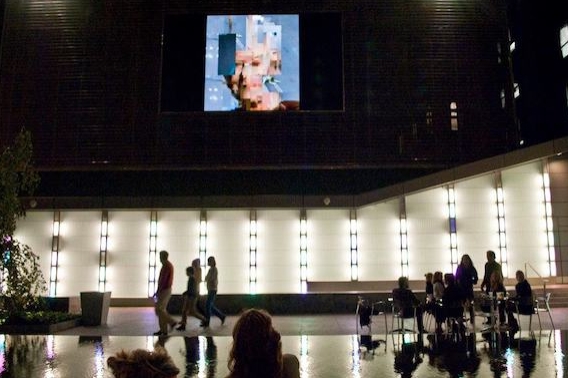
Working in Jacksonville, Florida as opposed to New York or Philadelphia has been a big change when it comes to
Read more
According to the 2018 Hiscox Online Trade Report, Instagram has become the art world’s favorite social media platform, with 63%
Read more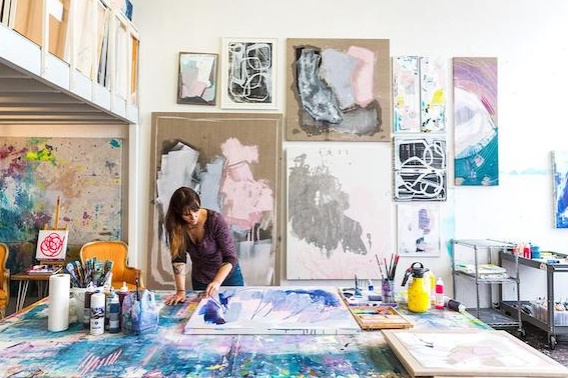
So you’re interested in buying art, but where do you start? First, just start actively looking at art on a
Read more
With a proliferation of websites like Artsy and Saatchi Art that have millions of works available at your fingertips, you
Read more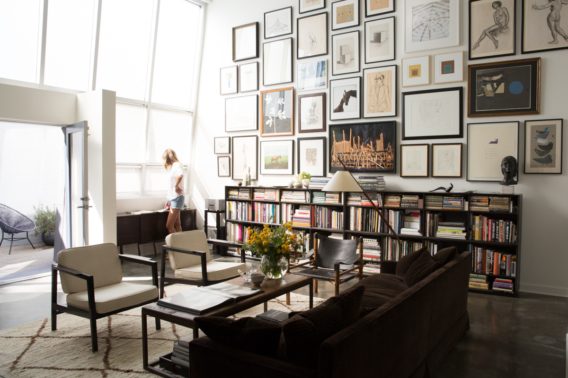
Picture 17th century Paris. Young painters are vying for their chance to exhibit their work in a prestigious academic salon.
Read more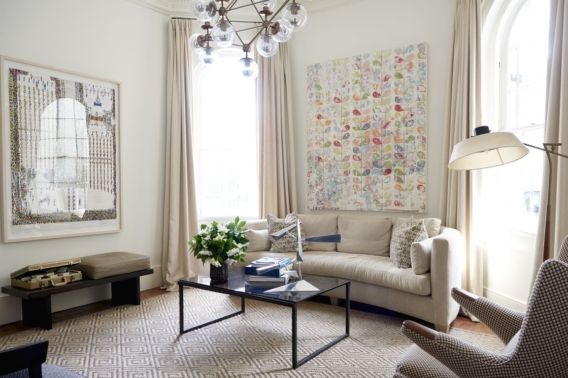
Rather than an honorary radiating chapel dedicated to your family’s patron saint in a Tuscan cathedral, today a donor family
Read more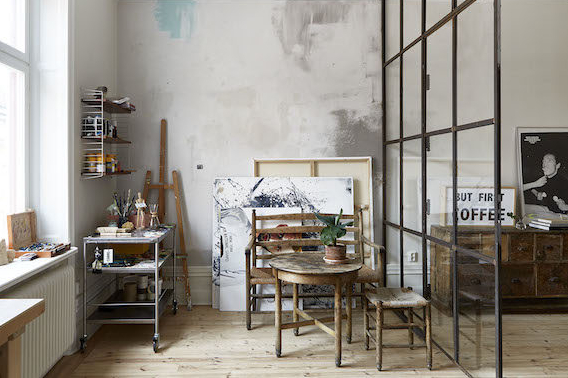
In my years working for art galleries and curating pop-up exhibitions in my free time, I brought many of my
Read more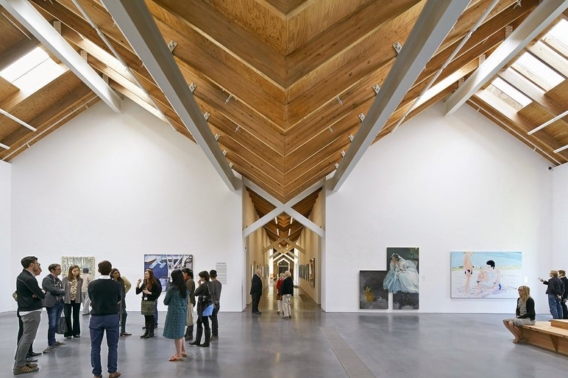
While it’s common to see the Met when visiting New York, the Art Institute of Chicago, or the Getty in
Read more